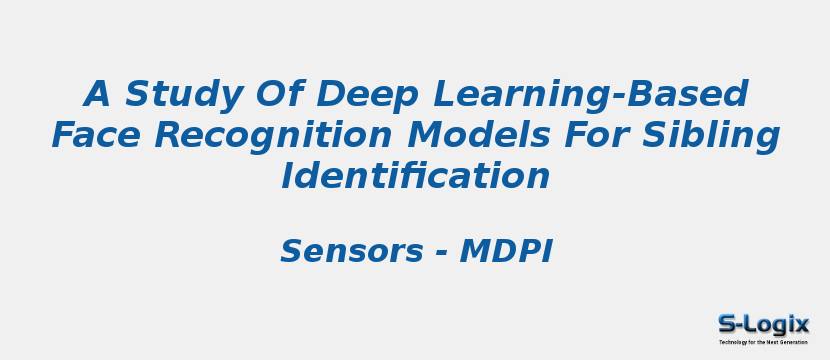Research Area: Machine Learning
Accurate identification of siblings through face recognition is a challenging task. This is predominantly because of the high degree of similarities among the faces of siblings. In this study, we investigate the use of state-of-the-art deep learning face recognition models to evaluate their capacity for discrimination between sibling faces using various similarity indices. The specific models examined for this purpose are FaceNet, VGGFace, VGG16, and VGG19. For each pair of images provided, the embeddings have been calculated using the chosen deep learning model. Five standard similarity measures, namely, cosine similarity, Euclidean distance, structured similarity, Manhattan distance, and Minkowski distance, are used to classify images looking for their identity on the threshold defined for each of the similarity measures. The accuracy, precision, and misclassification rate of each model are calculated using standard confusion matrices. Four different experimental datasets for full-frontal-face, eyes, nose, and forehead of sibling pairs are constructed using publicly available HQf subset of the SiblingDB database. The experimental results show that the accuracy of the chosen deep learning models to distinguish siblings based on the full-frontal-face and cropped face areas vary based on the face area compared. It is observed that VGGFace is best while comparing the full-frontal-face and eyes—the accuracy of classification being with more than 95% in this case. However, its accuracy degrades significantly when the noses are compared, while FaceNet provides the best result for classification based on the nose. Similarly, VGG16 and VGG19 are not the best models for classification using the eyes, but these models provide favorable results when foreheads are compared.
Keywords:
Author(s) Name: Rita Goel,Irfan Mehmood and Hassan Ugail
Journal name: Sensors
Conferrence name:
Publisher name: MDPI
DOI: 10.3390/s21155068
Volume Information: Volume 21 Issue 15
Paper Link: https://www.mdpi.com/1424-8220/21/15/5068
